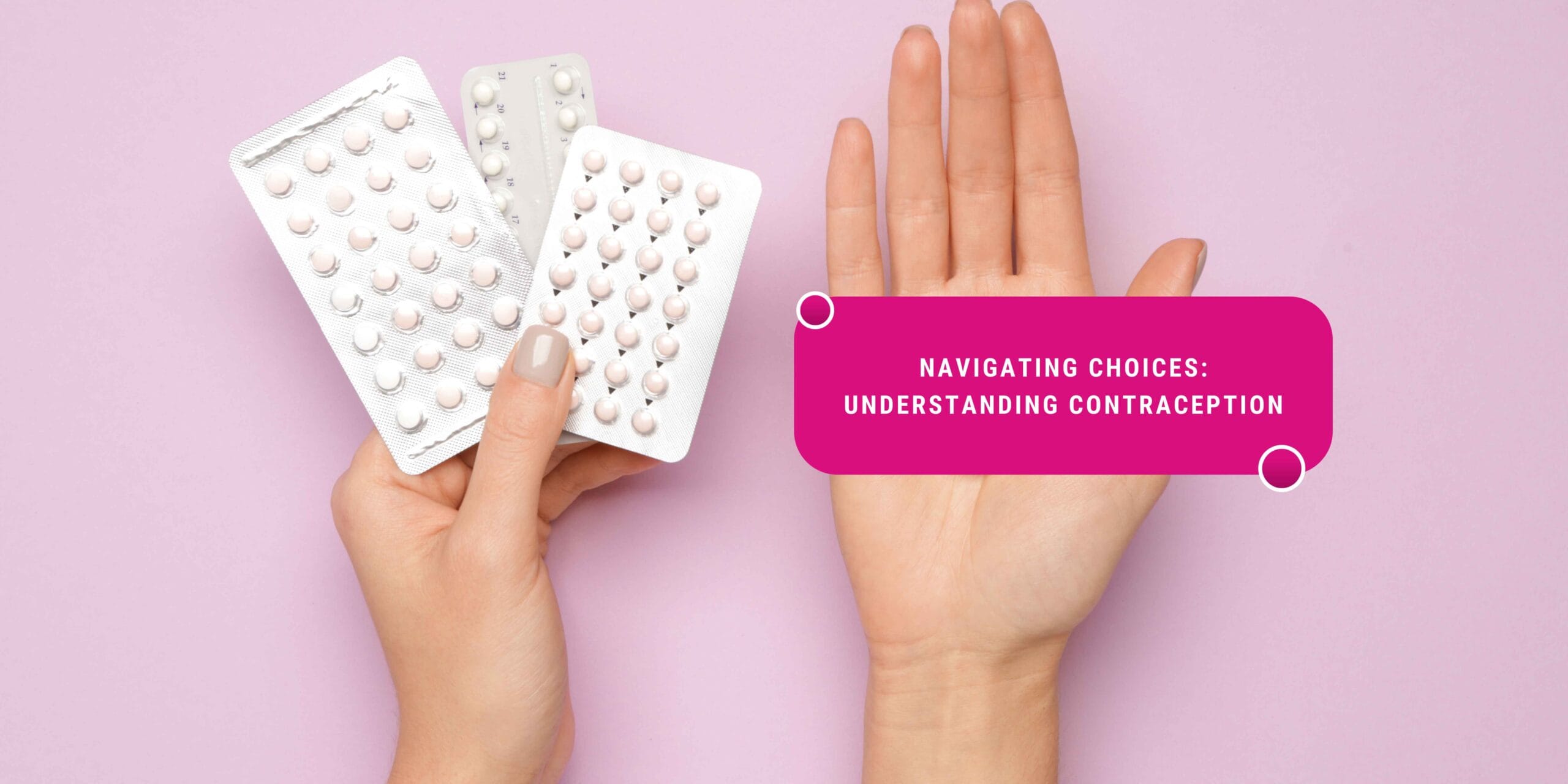Contraception is critical in reproductive health because it enables people to make educated decisions about their family planning journeys. Contraceptive methods are numerous, with options that suit individual preferences and lifestyles. In this post, we will look at several contraception techniques, throwing light on their effectiveness and benefits.
The Pill: A Daily Companion
The oral contraceptive pill, also known as “the pill,” is a reliable companion for many people. It’s a simple yet effective daily practice that gives individuals control over their reproductive choices. Beyond its basic function of preventing pregnancy, the pill is frequently praised for its ability to regulate menstrual cycles and relieve pains. However, the commitment to taking a pill every day may not be appropriate for everyone’s lifestyle, necessitating a constant regimen that coincides with everyday activities.
The Patch: A Stylish Alternative
The contraceptive patch is becoming increasingly popular among people looking for an alternative to daily tablets. This small, adhesive square becomes an attractive addition to one’s routine, providing a wider contraceptive window. When applied to the skin, the patch releases hormones that block ovulation and form a barrier against sperm. Its exposure may even act as a conversation starter, encouraging openness regarding contraception in couples.
The IUD: A Set-and-Forget Solution
Intrauterine Devices (IUDs) are a set-and-forget approach for long-term contraception, eliminating the need for daily or monthly treatments. An IUD provides indisputable convenience and incomparable peace of mind. Whether hormonal or copper, the IUD’s effectiveness is not dependent on daily routines, making it an appealing option for individuals who lead hectic lives. The insertion procedure, while brief, is a modest price to pay for years of worry-free contraception.
Condoms: Partners in Protection

Condoms, generally regarded as the unsung heroes of contraception, provide two benefits: they prevent pregnancy and protect against sexually transmitted diseases (STIs). Condoms are an essential aspect of the contraceptive landscape due to their accessibility, low cost, and ease of use. Using condoms in relationships can be a shared obligation that promotes communication and ensures a mutual commitment to sexual health.
Natural Methods: Aligning with Body Cycles
For individuals who prefer a more natural approach, fertility awareness practices offer an alternative. Understanding and charting the menstrual cycle enables people to recognize fertile times and make informed decisions about when to participate in unprotected intercourse. While this method necessitates dedication and consistent tracking, it corresponds to the body’s natural rhythm, allowing individuals to be in tune with their reproductive cycles.
Implants: Subtle, Yet Effective
Subdermal contraceptive implants, or thin rods implanted beneath the skin, are a subtle yet very efficient method of contraception. These implants, which can last several years, produce hormones that block ovulation and establish a barrier against sperm. Their unobtrusive ness provides a sense of seclusion, allowing people to make reproductive decisions without being seen.
Injectable Contraceptives: Quarterly Choices
For those who prefer less frequent interventions, injectable contraceptives provide a quarterly solution. Administered by healthcare professionals, these injections offer a reliable form of contraception, eliminating the need for daily, weekly, or monthly routines. The ease of quarterly injections suits those who prefer fewer medical interactions while still ensuring effective prevention of pregnancy.
In the realm of contraception, variation reigns supreme. Each approach, from the daily commitment of tablets to the set-and-forget simplicity of IUDs, has its own set of pros and considerations. Embracing contraception diversity is a celebration of human sovereignty and empowerment, as well as a matter of personal preference. Individuals can make informed decisions that correspond with their unique lifestyles and values by recognizing the human components of each approach, such as the routines involved, the conversations they stimulate, and the peace of mind they provide. In this environment of contraceptive options, the emphasis is not only on preventing pregnancy, but also on instilling a feeling of agency, openness, and shared responsibility in partnerships.



